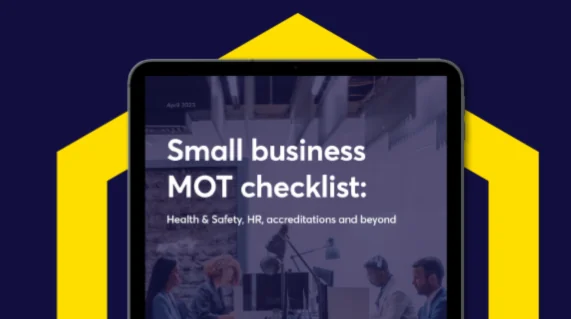What are furloughed workers? The meaning of ‘furlough’, and how coronavirus measures work for UK employees.
If your employer intends to access the job retention scheme, they should discuss with you becoming classified as a furloughed worker.
Chancellor Rishi Sunak announced a series of emergency measures in the fight against coronavirus, including a huge bailout to cover the wages of millions of workers.
The Chancellor said the government will cover 80% of salaries – up to £2,500 per month – with all employers able to apply to HMRC to pay the wages of people who are furloughed.
What are furloughed workers?
Under the Coronavirus Job Retention Scheme, all employers in the UK will be able to access support to continue paying part of employees’ salaries who would otherwise have been laid off during the ongoing health crisis.
How does the scheme work?
If your employer intends to access the job retention scheme, they should discuss with you becoming classified as a furloughed worker. This would mean that you are being kept on your employer’s payroll, rather than being laid off.
To qualify for this scheme, you should not undertake work for your employer while you are furloughed, according to gov.uk. By doing so:
- Workers will remain employed while furloughed, and your employer could choose to fund the differences between this payment and your salary.
- If your salary is reduced as a result of these changes, you may be eligible for support through the welfare system, including Universal Credit.
- If your salary is reduced as a result of these changes, you may be eligible for support through the welfare system, including Universal Credit.
- The scheme will initially run for at least three months, from 1 March 2020, with all UK businesses eligible, and will be extended if necessary.
What should employers do to access the scheme?
To access the Coronavirus Job Retention Scheme, employers will need to take the following steps:
- Designate affected employees as ‘furloughed workers,’ and notify your employees of this change
- Changing the status of employees remains subject to existing employment law and, depending on the employment contract, may be subject to negotiation
- Submit information to HMRC about the employees that have been furloughed and their earnings through a new online portal (HMRC will set out further details on the information required)
HMRC are working quickly to set up a system for reimbursement, as existing systems are not set up to facilitate payments to employers – we will bring you more information as soon as we can.
Please read our guidance here.








